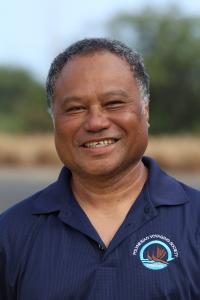Here at The Mariners’ Museum and Park, we take pride in our mission which states that we connect people to the world’s waters, because that is how we are connected to one another. On our website, museum president Howard Hoege III emphasizes that, “We strive to provide an intellectual and emotional experience that is shared by generations, across cultures, and without barriers or judgment.”1 The museum would like to take this opportunity to share that May is Asian American and Pacific Islander Heritage Month. As May draws to a close, please take a moment to reflect on the Asian Americans and Pacific Islanders who have contributed to our understanding of the Pacific Ocean, ocean navigation, and maritime knowledge in general.
In Memoriam – A Loss to the Maritime and Polynesian Community
Not only do we want to take this time to recognize Asian American and Pacific Islander Heritage Month, but we also wanted to recognize a recent loss to the maritime world and Polynesian community. Chad Kālepa Baybayan, revered Hawaiian navigator and captain of the Polynesian voyaging canoe Hōkūleʻa, passed away April 8, 2021 while visiting family in Seattle. Per the Old Salt Blog site which mentions his death, Chad was, “one of only five Hawaiians along with 11 Micronesians initiated in 2007 into Pwo, a 2,000-year-old society of deep-sea navigators, by Master Navigator Mau Piailug of Satawal.”2 This blog post is written in remembrance and commemoration of Baybayan’s contributions to the Hawaiian and maritime communities. Baybayan’s legacy reminds us that Asians and Pacific Islanders are major contributors to the maritime story. We now take this time to briefly illuminate their global influence.
This blog will only incorporate a very brief overview of Pacific island exploration and expansion. It is such an extensive story that it cannot be fully encapsulated within this single post. However, I absolutely encourage anyone who wants to know more about these amazing cultures and people to go and learn more about them. You will not be disappointed…at least I hope you won’t.
Shall We Begin?
Asia is our world’s largest and most diverse continent. It borders several major bodies of water including the Arctic Ocean to the north; Indian Ocean to the south; and the largest of our oceans, the Pacific Ocean, to the east. Its people has one of the oldest known maritime heritages in history, and perhaps one of the most expansive. Ancient Asian explorers are recognized today for their incomparable contribution to maritime history and culture. If you’re asking yourself, “What was their contribution?” you’re in luck! I’m going to tell you. These ancient explorers are responsible for exploring and populating thousands – yes thousands – of islands throughout the Pacific Ocean, long before other cultures, especially Europeans, did so.
Let us begin our journey around 3500 BCE, when peoples from Southeast Asia ventured out into the great Pacific Ocean. They sailed into the unknown on their outrigger canoes, impressive vessels which could carry people and supplies for their ocean voyage. When we think of great oceanic explorers, we envision them on large ships which appear fortuitous to the ocean’s dangers. But the canoes of the early Pacific islanders were fairly small, and, to the untrained sailor, seemed as if there was no chance for them to survive in large open waters. Well, they did! The Pacific island people traversed on their canoes, relying on the stars for navigation and wayfinding, and successfully settled the islands of the Pacific. That is quite an impressive feat. If you’ve seen the Disney movie Moana there is song sequence entitled “We Know the Way.” You can watch it on YouTube as well if you have not seen it. This song portrays a pretty accurate depiction of the boats, and navigation methods used by Pacific Island voyagers.
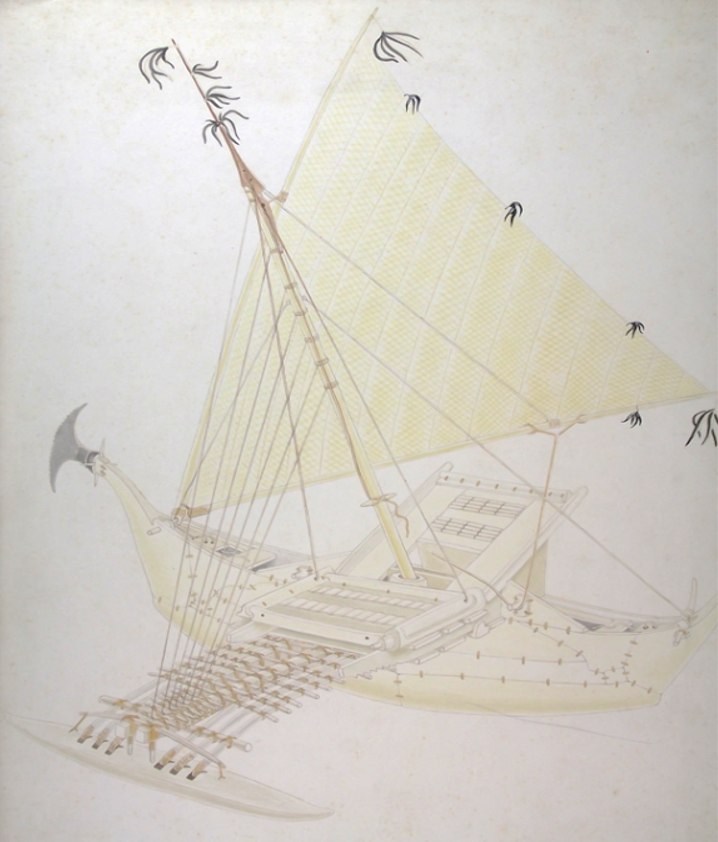
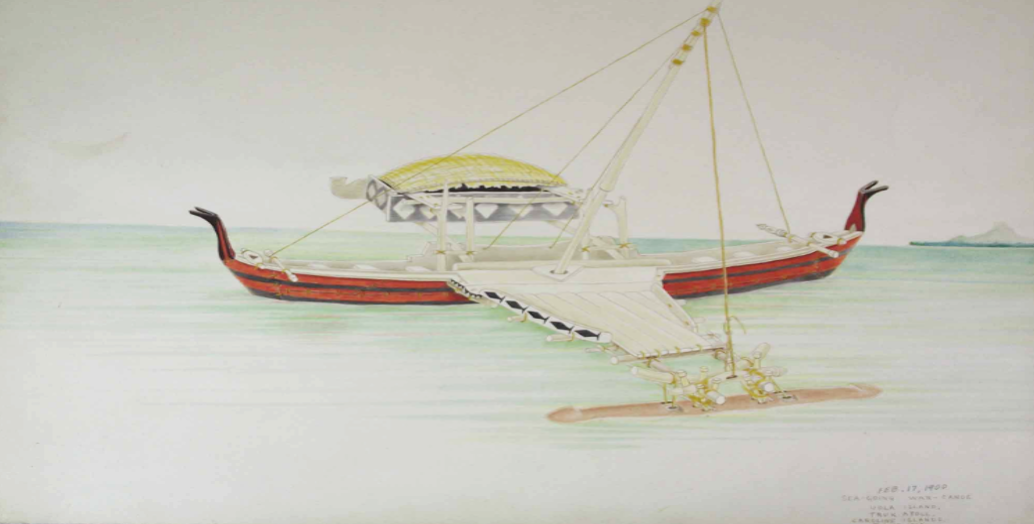
They would establish settlements for periods at a time. As the settlements became more established, many of the men, women, and children would stay behind to continue to help it thrive, while many others would set sail out to the next islands. They did this for centuries until, as we’ve mentioned, thousands of islands were populated by these peoples. It would not be until the 16th century when Europeans would begin their own Pacific Ocean explorations, and thus, colonization of these many islands.
The Great Pacific Islands – Three Main Parts
As western expansion occurred, Europeans divided the geography of the Pacific island archipelagos into three regions we know today: Micronesia, Melanesia, and Polynesia. Between the thousands of islands encompassed within these three regions, combined, they stretch from Indonesia to Hawaii. Of these three areas, Polynesia is the largest. Familiar countries, island states, and territories such as New Guinea, New Zealand, Samoa, Fiji, Tahiti, Guam, the Philippines, the Marianas Islands and so many more are a part of this impressive stretch of islands. Again, with so much rich history to these three locales, we cannot go into as much detail as they deserve. But it is very much encouraged to take an opportunity to learn about the cultural similarities and differences of the three regions, and to learn more about the history and peoples who make up the varying areas. Their ancestor’s journeys spanning thousands of miles across the Pacific Ocean on outrigger canoes is inspiring. Their navigational techniques required rudimentary methods, yet they were capable of taking the ancient voyagers across the globe.
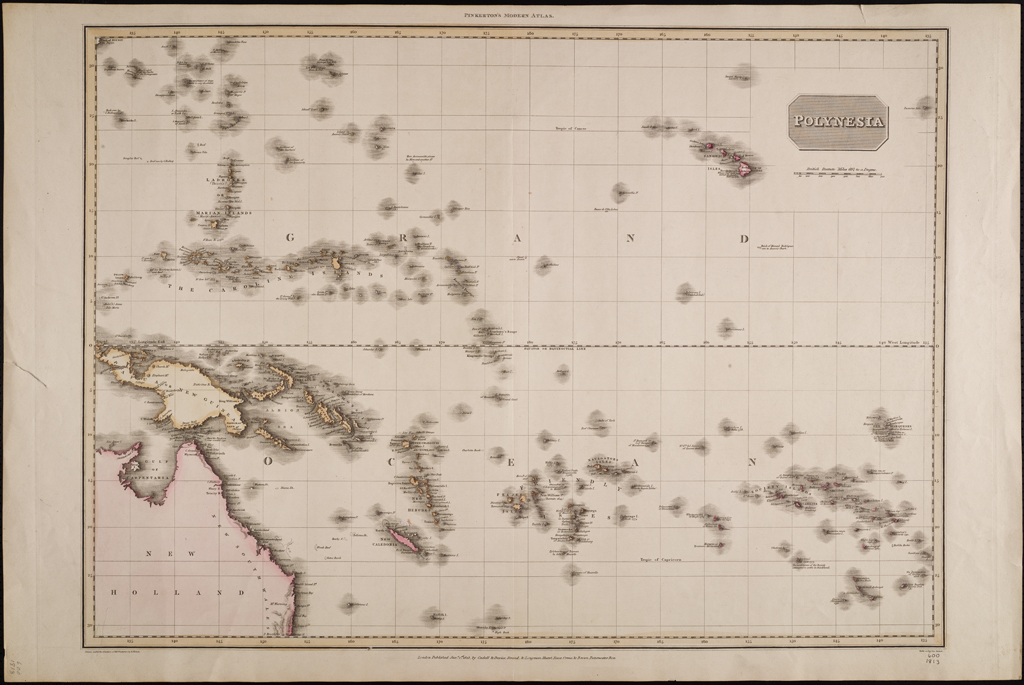
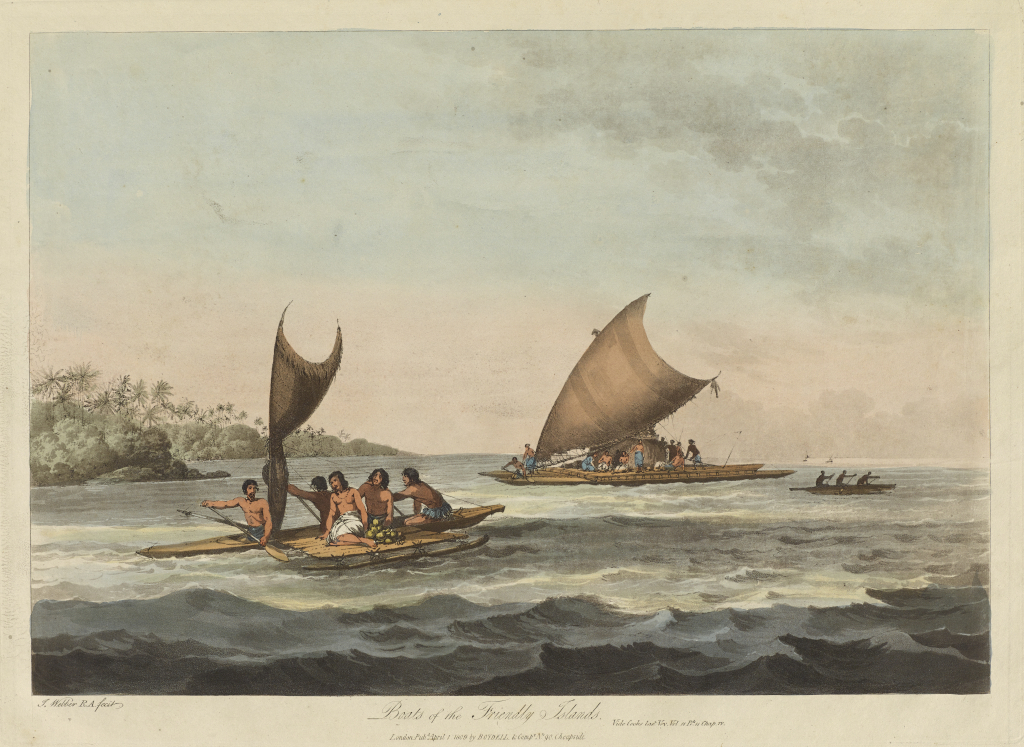
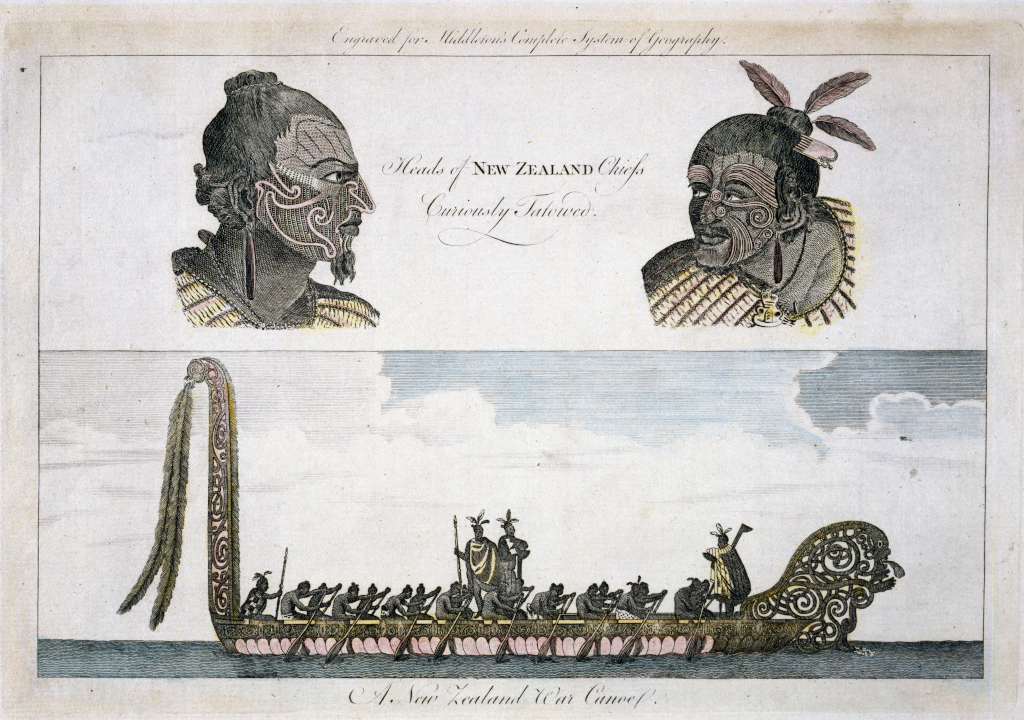
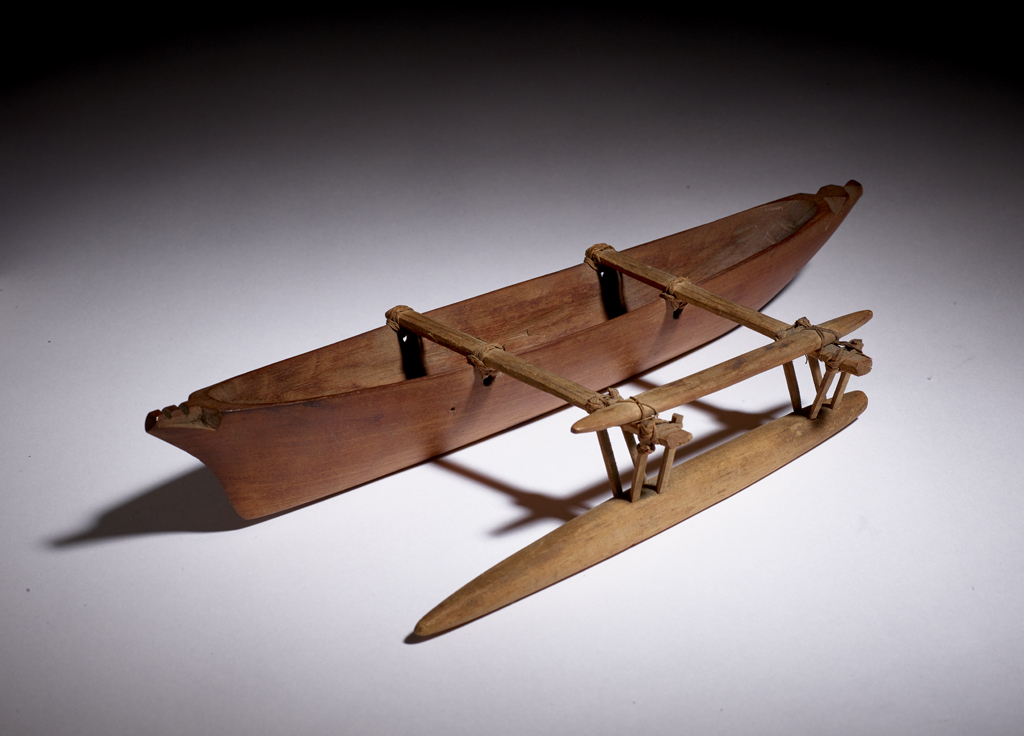
We Were Honored With a Visit
We would like to conclude this post with a lookback on a recent event that directly touched The Mariners’ Museum and Park. You may remember we mentioned earlier that Chad Kālepa Baybayan was captain of the Polynesian voyaging canoe Hōkūleʻa, Hokule’a, which means “Star of Gladness” in Hawaiian, represented a type of ancient canoe used by early Polynesian voyagers. It was built by the Polynesian Voyaging Society in 1970 using designs and skills once used by their ancestors. In 2016, the Hawaiian people were inspired to sail Hokule’a around the globe from Honolulu to Tahiti. Within this voyage, Hampton Roads and The Mariners’ Museum and Park were honored to have been a stop in Hōkūleʻa’s journey. Furthermore, the museum was also inspired by the Polynesian story, so much that we created the Polynesian Voyagers exhibition. You can read more about Hōkūleʻa and our Polynesian Voyagers exhibitions here. Our institution takes pride in telling about the diverse stories, cultures, and people who are a part of our shared maritime heritage – past, present, and future.
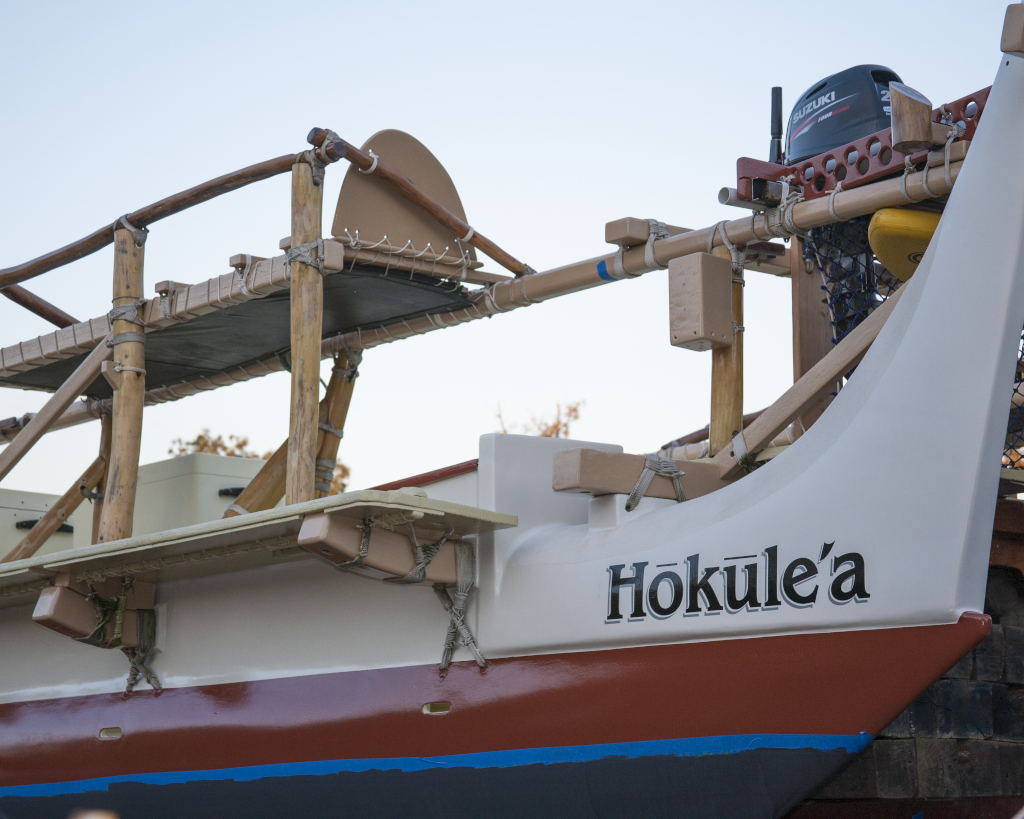
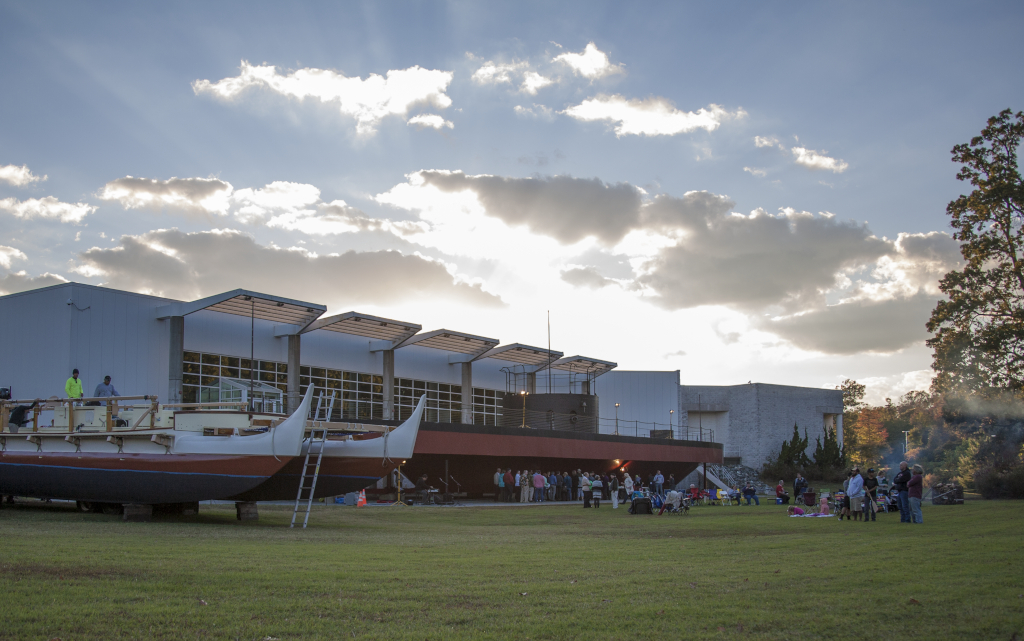
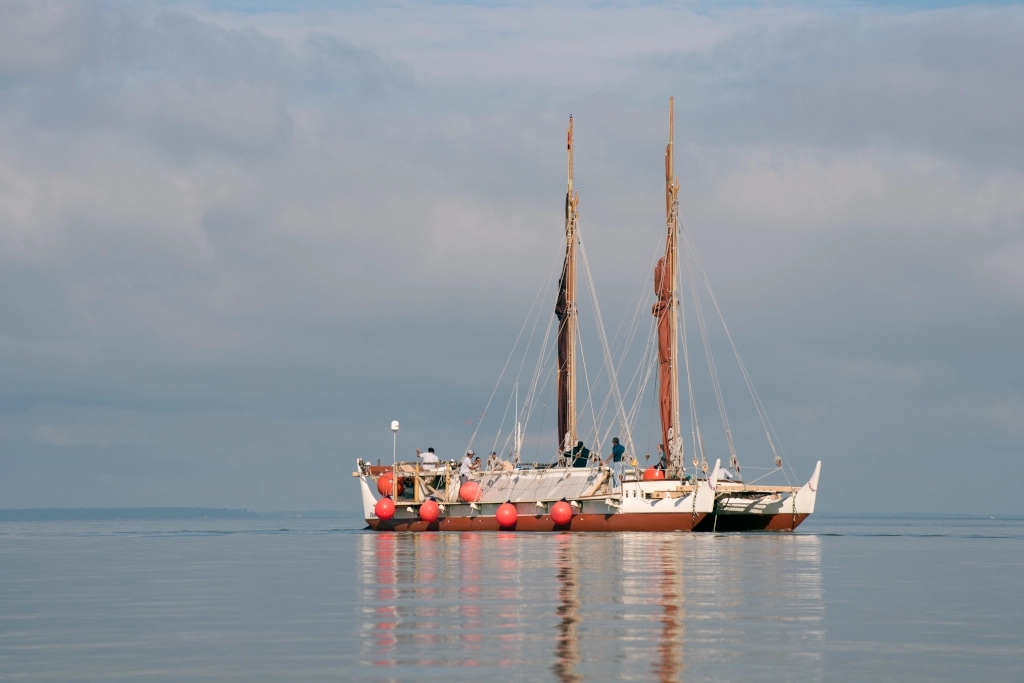
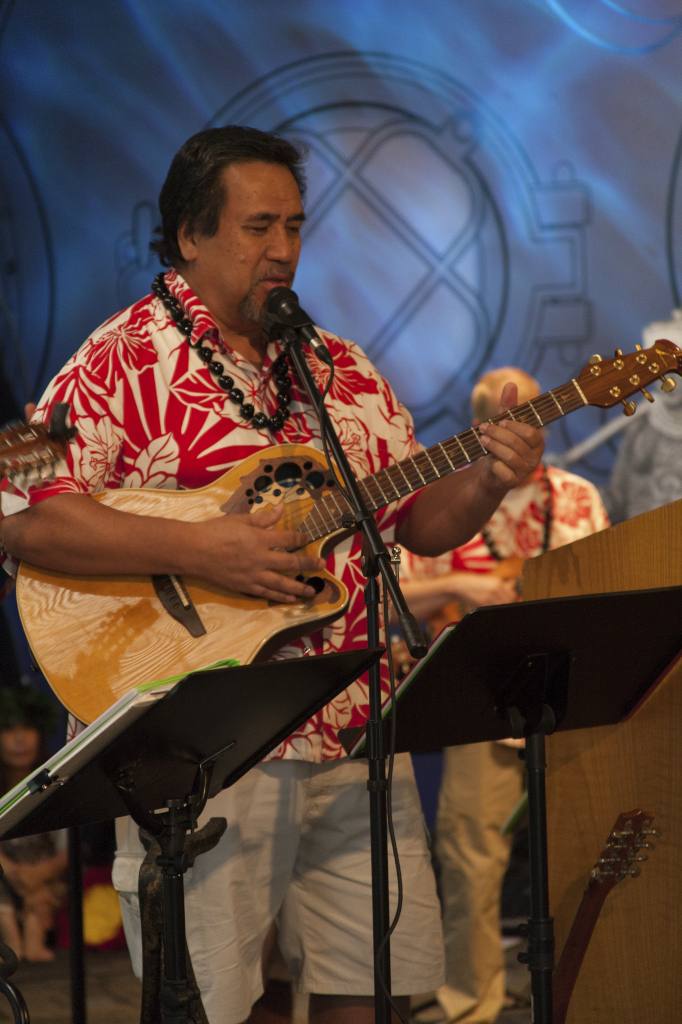
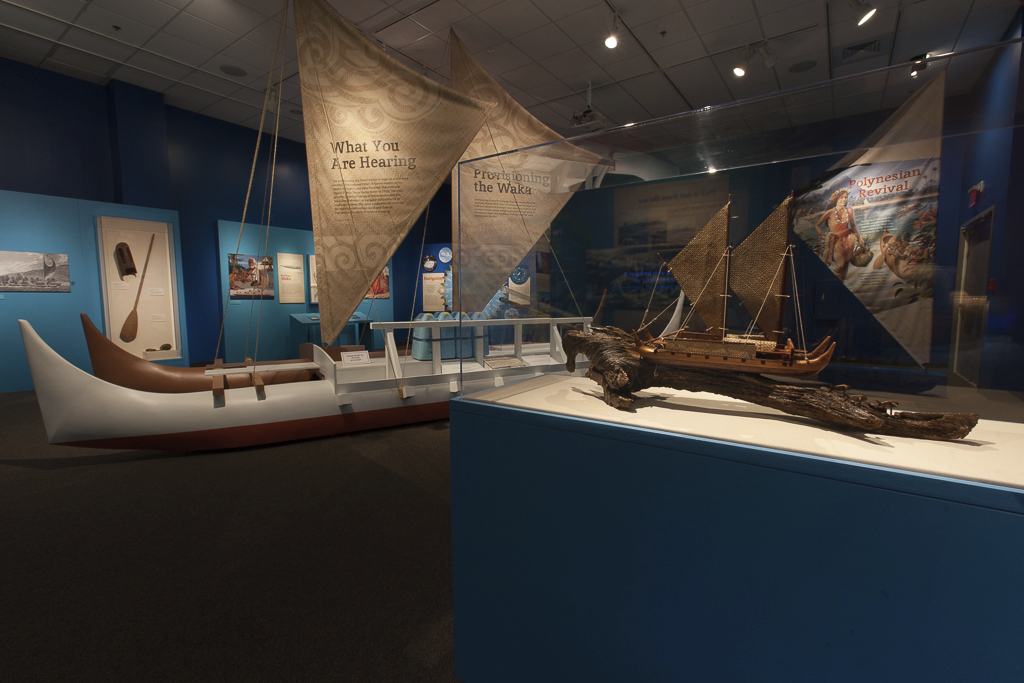
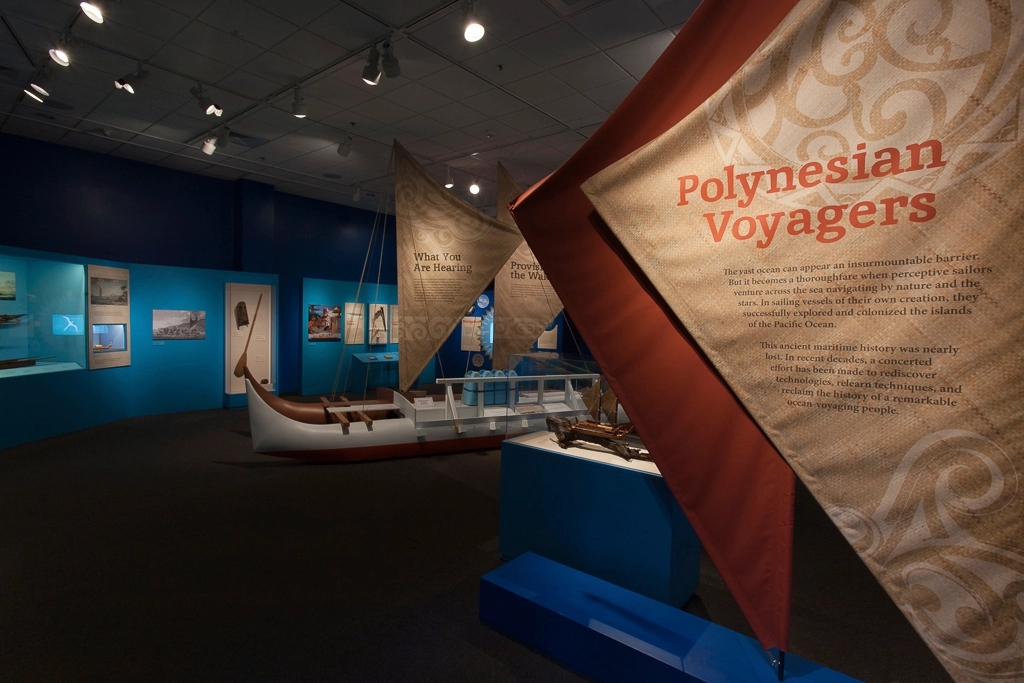
- “About Us,” The Mariners’ Museum and Park, accessed May 26, 2021, https://www.marinersmuseum.org/about-us/ .
- Rick Spilman, “Master Hawaiian Navigator Chad Kalepa Baybayan Dies at 65,” The Old Salt Blog, accessed May 20, 2021, http://www.oldsaltblog.com/2021/05/master-hawaiian-navigator-chad-kalepa-baybayan-dies-at-65/?utm_source=feedburner&utm_medium=email&utm_campaign=Feed%3A+OldSaltBlog+%28Old+Salt+Blog%29 .
